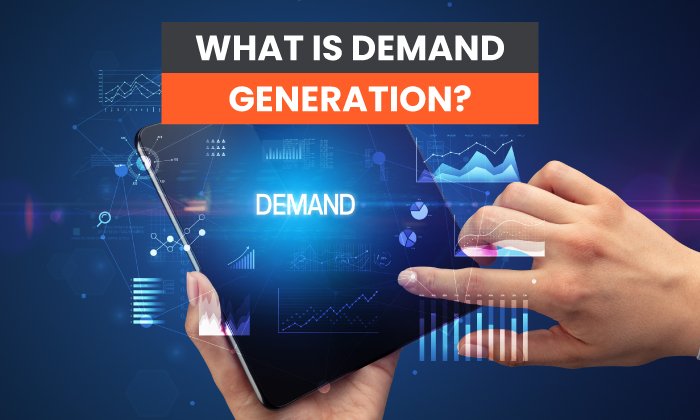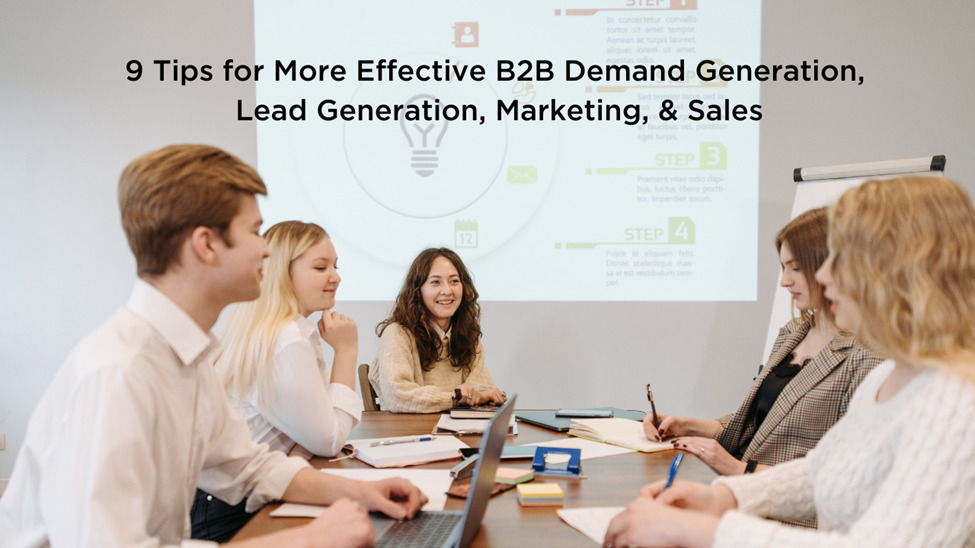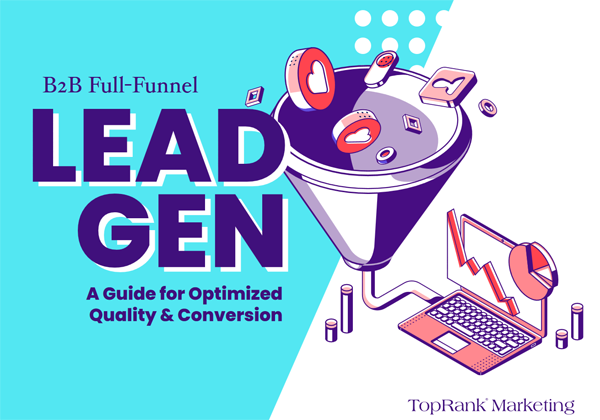What Is Demand Generation? [FAQs]

If you ask 10 different B2B marketers what “demand generation” means, you’ll get 10 different answers.
Unfortunately, there are a lot of misconceptions about demand generation in B2B marketing.
In this guide, we’ll clear up the confusion. You’ll get an updated definition of demand generation, along with the components of a successful demand generation strategy.
And finally, you’ll learn why demand generation is not the same as lead generation.
What is demand generation?
Demand generation captures the umbrella of marketing programs that get customers excited about your company’s product and services without trying to explicitly sell to them.
Demand generation programs can help your organization reach new markets, promote new product features, build consumer buzz, generate PR, and re-engage existing customers.
Essentially, demand generation is a long-term, education-focused marketing strategy that prioritizes reaching and engaging “out of market” buyers.
The ultimate goal of B2B demand generation is remaining top of mind while your potential customers are not in a buying cycle — so that whenever the need arises, your product or service is immediately considered for purchase.
What makes demand generation a distinct concept from other customer acquisition tactics is a commitment to long-term customer relationships and a strategic mindset.
Why is demand generation different than lead generation?
Demand generation marketing is about educating your audience with no expectation in return. Meanwhile, lead generation is optimized for capturing contact information – but prematurely pushes non-solution seeking people to sales automation workflows, which is highly ineffective.
Why are most lead generation strategies unsuccessful?
Let’s explore six reasons most lead generation strategies can be unsuccessful.
- Misaligned to the modern day buyer’s journey. Gartner research reveals that B2B buyers only spend 17% of their time talking to sales — yet most lead generation efforts are geared toward ushering prospects into a sales conversation.
- Destroys the morale of sales teams. Since most MQLs by definition are not in a buying cycle, you are exposing SDRs to mental harm by generating large volumes of uninterested leads.
- Creates a hostile environment between sales & marketing. Where the classic conflict of “marketing is sending us garbage leads” and “sales can’t close deals” results in tremendous inefficiency.
- Damages brand perception among research-stage buyers. These are buyers that may eventually request a demo when they are motivated and ready to speak to sales.
- Gating content generates top of the funnel leads. Types of content like white papers, webinars, case studies and free tools primarily collects the contact information of uninterested buyers (MQL).
- Over-reliance on lead scoring and lead nurturing. With this method, marketing teams are placing a bet on their ability to use behavioral data and intent signals to predict the right sales triggers.
Gated Content: Bad Practices versus Good Practices
Is gated content an acceptable lead generation tool for demand generation?
Let’s start by looking at the biggest drawbacks of …read more
Source:: HubSpot Blog










